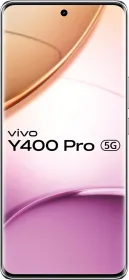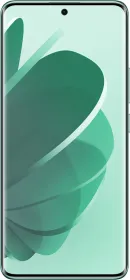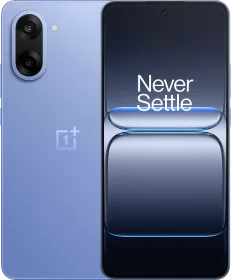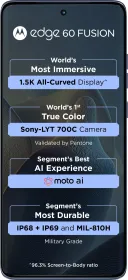TL; DR
- Meta has decided to introduce ads to the Updates section, which is used by roughly 1.5 billion users of the platform’s three billion monthly active users.
- In addition to showing ads in the Updates section, WhatsApp has introduced two new features for Channels. First, paid Channels subscriptions will allow admins to charge a monthly subscription fee for exclusive updates.
- Further, businesses or creators can pay a promotional fee to boost the visibility of their Channel in WhatsApp’s directory.
- Even though WhatsApp’s advertisement rates may be lower than those of Facebook and Instagram (due to the limited data metrics for targeting), the scale of nearly 1.5 billion active monthly users could help the platform drive significant revenue.
The Meta-owned instant messaging platform WhatsApp is introducing in-app advertisements roughly seven years after initially announcing the feature in 2018. Similar to how ads work on Facebook and Instagram, WhatsApp will showcase ads from businesses in the Stories-like Status section.
Also Read: Galaxy Watch 8 To Borrow The “Squircle” Design From The Galaxy Watch Ultra: Renders
WhatsApp Will Now Show Advertisements In The Updates Tab

Meta has decided to introduce ads to the Updates section, which is used by roughly 1.5 billion users of the platform’s three billion monthly active users. Specifically, WhatsApp plans to show ads within the Status feature (WhatsApp’s version of Instagram Stories).
Meta’s social media platform, Instagram, displays ads between Stories, and that’s exactly what WhatsApp will do with its Status updates. To showcase personalized ads, WhatsApp will collect a user’s country, city, preferred language, device type, the followed Channels, and an ad interaction history.
Users can tell the advertised content in the Status section from the organic content by the “Sponsored” caption, which appears below the title.
It is worth noting that personal or group chats and calls remain end-to-end encrypted, meaning that WhatsApp doesn’t (and can’t) access them for personalized ads.
Also Read: Apple Watch Ultra 3 Roundup: Release Date, Design, New Features, And Everything Else We Know
Beyond Ads To Updates, Meta Is Monetizing Channels

In addition to showing ads in the Updates section, WhatsApp has introduced two new features for Channels. First, paid Channels subscriptions will allow admins to charge a monthly subscription fee for exclusive updates (similar to the monetization models in place on platforms like X, YouTube, and Instagram).
Although the company doesn’t plan to generate immediate revenue from Channel subscriptions, it intends to take a 10% commission on the subscription fee, which will contribute to WhatsApp’s overall revenue.
Further, businesses or creators can pay a promotional fee to boost the visibility of their Channel in WhatsApp’s directory (similar to how ads function on Apple’s App Store or Google’s Play Store). Promoted Channels will appear in the Updates section with a “Sponsored” caption.
WhatsApp’s Advertising History
Meta first acquired WhatsApp in 2014 from its co-founders, Jan Koum and Brian Acton, who sought to maintain a clean, ad-free experience with end-to-end encryption. However, the co-founders departed from Meta after reported disagreements with executives about incorporating the advertising-driven business model into WhatsApp.
Initial attempts to introduce advertisements to WhatsApp date back to 2018. It was about seven years ago that Meta announced its plans to integrate ads into WhatsApp’s Status section. However, the company had to shelve the plans due to rising concerns from users and regulators about privacy.
Also Read: POCO F7 Launch Set for June 24: 7,550 mAh Battery, Snapdragon 8s Gen 4

Over the years, Meta has explored different revenue streams for WhatsApp, including the Business API, which allows companies and businesses to run “Click-to-WhatsApp” ads on Meta’s other social media platforms, Facebook and Instagram.
However, it was by adding the Updates tab in 2023, which currently houses the Status and Channels, that Meta laid the groundwork for a targeted ad placement strategy, a working solution that separates personal chats from promotional content.
How In-App Advertisements Could Shape WhatsApp’s Future
Even though WhatsApp’s advertisement rates may be lower than those of Facebook and Instagram (due to the limited data metrics for targeting), the scale of nearly 1.5 billion active monthly users could help the platform drive significant revenue.
Furthermore, businesses can now generate revenue by advertising on WhatsApp and converting leads into sales, or by selling Channels subscriptions and charging an upfront fee for the same.
Last but not least, the inclusion of ads in the Updates section could mitigate any privacy-related backlash.
You can follow Smartprix on Twitter, Facebook, Instagram, and Google News. Visit smartprix.com for the latest tech and auto news, reviews, and guides.


































